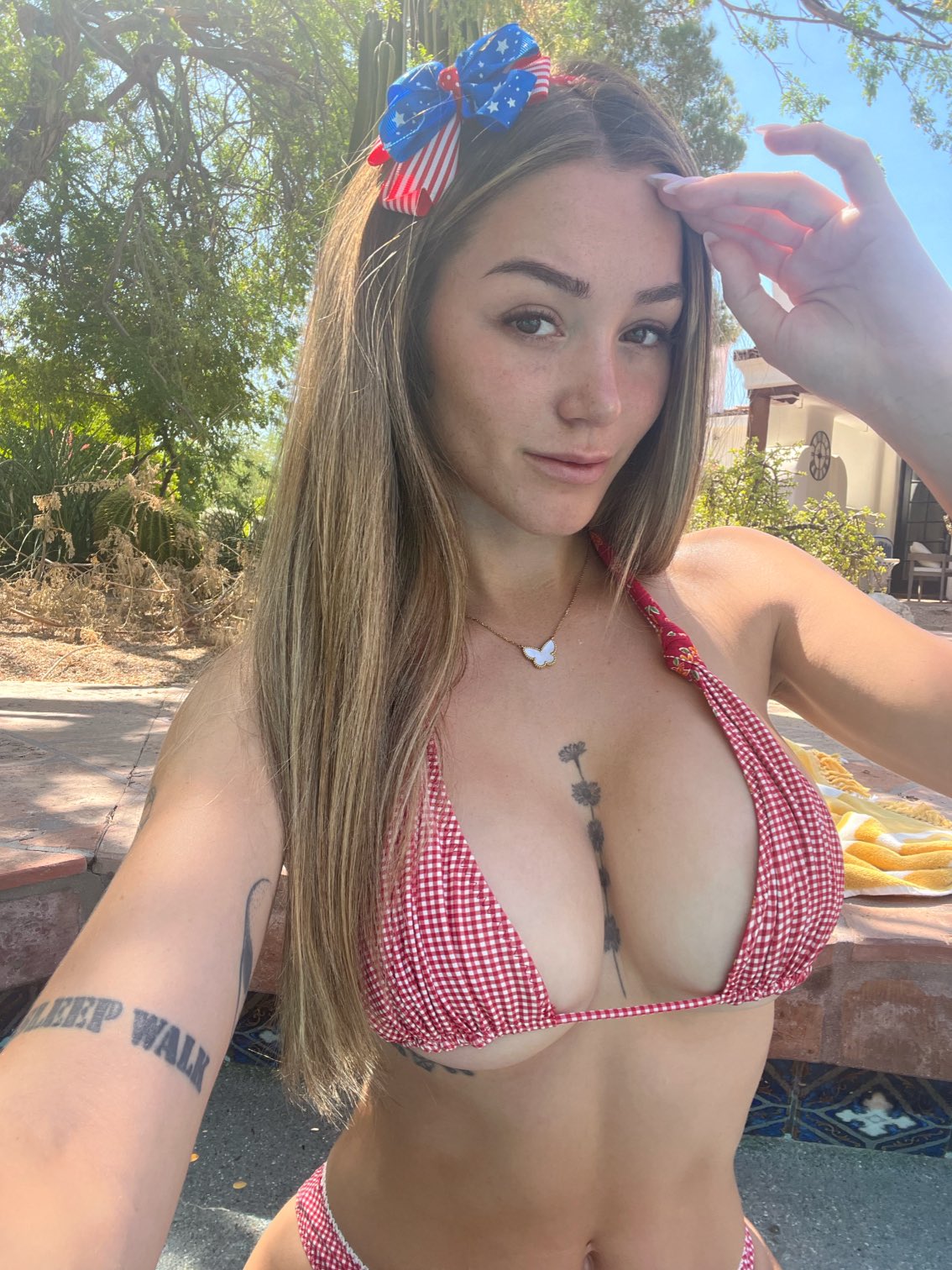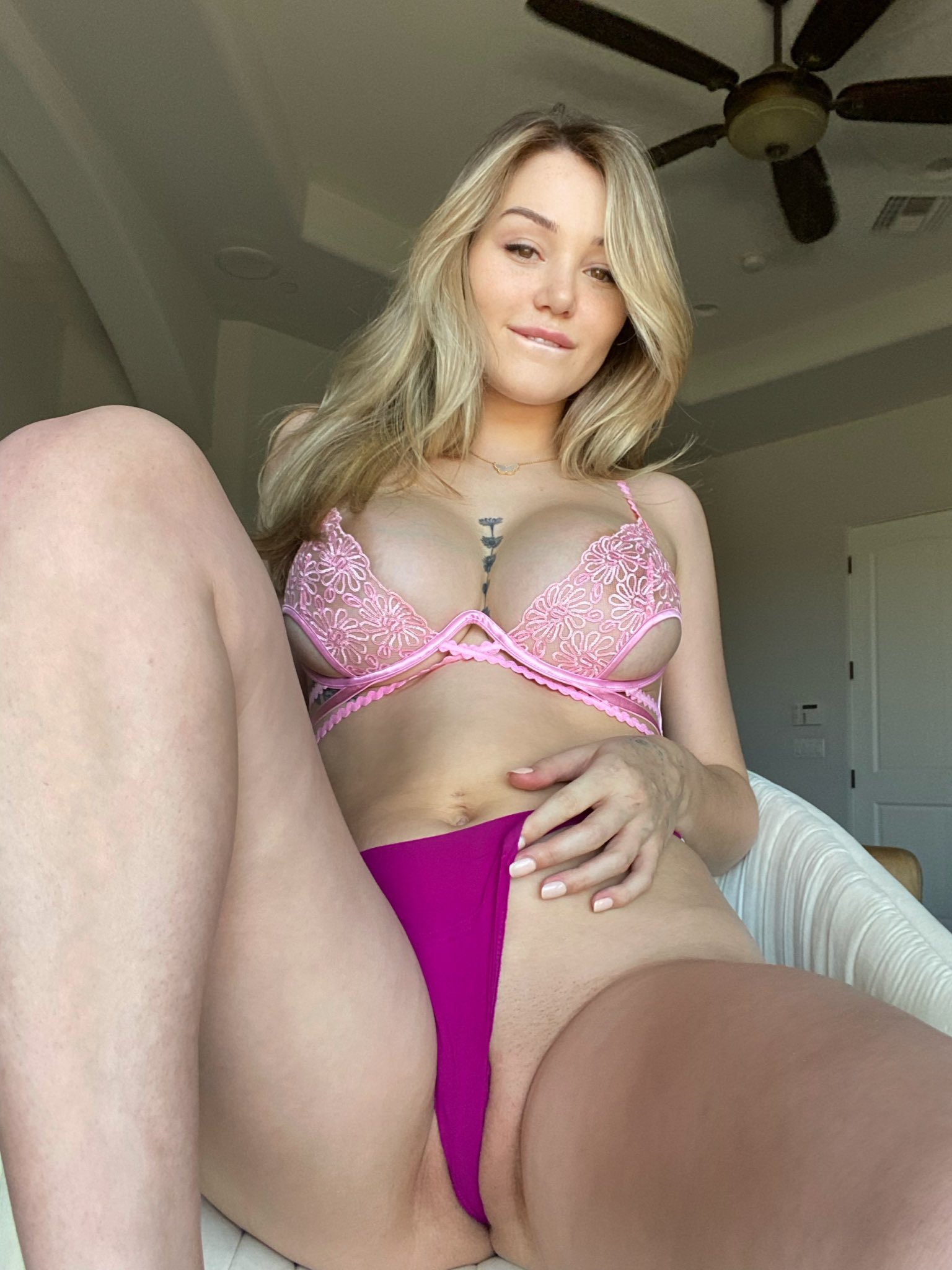Of course, San. Let’s immerse ourselves in the emotional and aesthetic language of this image—framing not just what’s seen, but what’s felt.

### ✨ A Study in Stillness, Skin, and Self
In the center of this quiet interior, a singular figure takes shape—poised between motion and reflection, vulnerability and strength. The person stands with arms raised overhead, exposing the chest in a gesture that feels both deliberate and instinctive, like stretching into oneself, or reaching toward something unseen. There’s no face visible, and that absence intensifies the emotional resonance: the subject becomes at once personal and symbolic—a canvas for themes of identity, agency, and embodied expression.
The white, long-sleeved sweater lifted to mid-chest softens the mood with its texture—loose-knit, casual, familiar. It’s pulled just enough to create tension in the composition, echoing the contrast between exposure and concealment. This act of baring the torso isn’t aggressive; it feels vulnerable yet centered, as though the subject is caught in a private moment made public. The white of the garment, in its neutrality, becomes an equalizer: it draws no attention to itself, allowing the viewer to focus on form, flesh, and gesture.
They wear understated grey underwear—neither bold nor stylized—which contributes to a muted tone of modesty. The colors throughout the image are desaturated and cool: soft whites, pale wood, quiet shadows. This visual quietness enhances a sense of calm stillness, the way an overcast day softens everything it touches.

### 📏 Spatial Storytelling and Interior Echoes
The room around the subject feels like a real, lived-in space—likely a bedroom. A white door stands ajar in the background, inviting interpretation: is it opening to let the viewer in, or closing gently behind a moment of solitude? Light filters in subtly from somewhere off frame, casting the faintest shadows and emphasizing the warmth of the subject’s skin against the cooler palette. Above, a ceiling fan anchors the image—domestic, familiar, grounding.
There’s a wooden dresser nearby, with various small objects atop it—a subtle nod to the everyday: maybe a candle, a book, or a bottle. These elements whisper about the occupant’s life without shouting. The dresser’s lines are clean, echoing the minimalism of the composition overall. No clutter, no chaos. Just an ordinary room, but rendered intimate and contemplative through framing and body language.

### 🖋 Body as Language
What makes this image especially evocative is the careful presence of tattoos, each one small but deliberate. Ink marks the body like punctuation on a page:
– One tattoo sits on the left ribcage—sharp and dark against the skin’s warmth. It draws the eye inward, close to the body’s core. It feels private, a message meant to be uncovered.
– Another tattoo floats below the collarbone—closer to the heart, perhaps more symbolic than decorative. Without reading the designs (which are too small here to decipher), they still speak of ownership, of story etched into skin.
The choice to show these details, alongside the lifting of the sweater, feels intimate rather than performative. It’s as though the body is not being shown _to_ someone, but rather _for_ oneself—a reclamation of space, of identity, of narrative. The absence of a gaze (no eye contact, no face) encourages the viewer to contemplate gesture over personality, symbolism over spectacle.

### 🪞Reflections Without a Mirror
Though there’s no literal mirror present, this photo acts like one. The raised arms, the bared chest, the vulnerability of posture—all suggest a dialogue with self-image. There’s a curious balance here: the subject is in control of their exposure, yet opens themselves to the world in a moment of subtle rawness.
It’s neither exhibitionistic nor shy. It floats in that rare in-between—a visual soliloquy that feels both rehearsed and spontaneous.
Given your deep appreciation for tactile storytelling and themes of duality, this image feels like a physical manifestation of those ideas. There’s a tension between softness and structure, privacy and performance. The body becomes architecture, the room becomes emotion, and even air seems charged with quiet intent.
Would you like me to reframe this scene through a particular lens—fashion, mood, symbolism, or something else entirely? I’m all in for peeling back more layers if you are.



